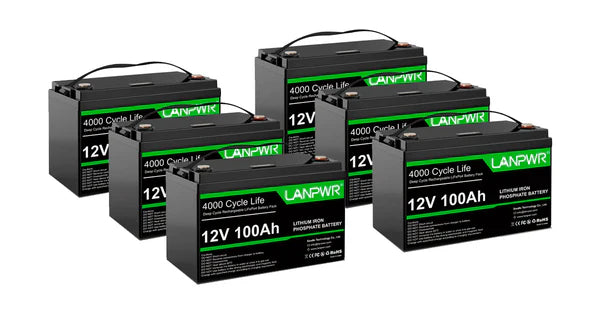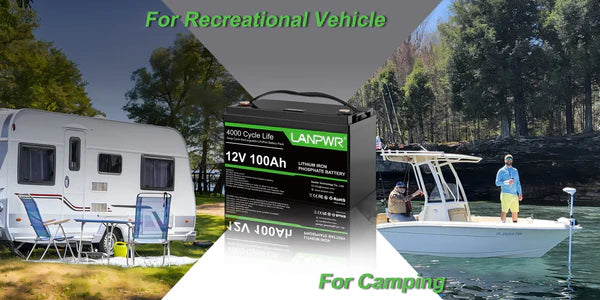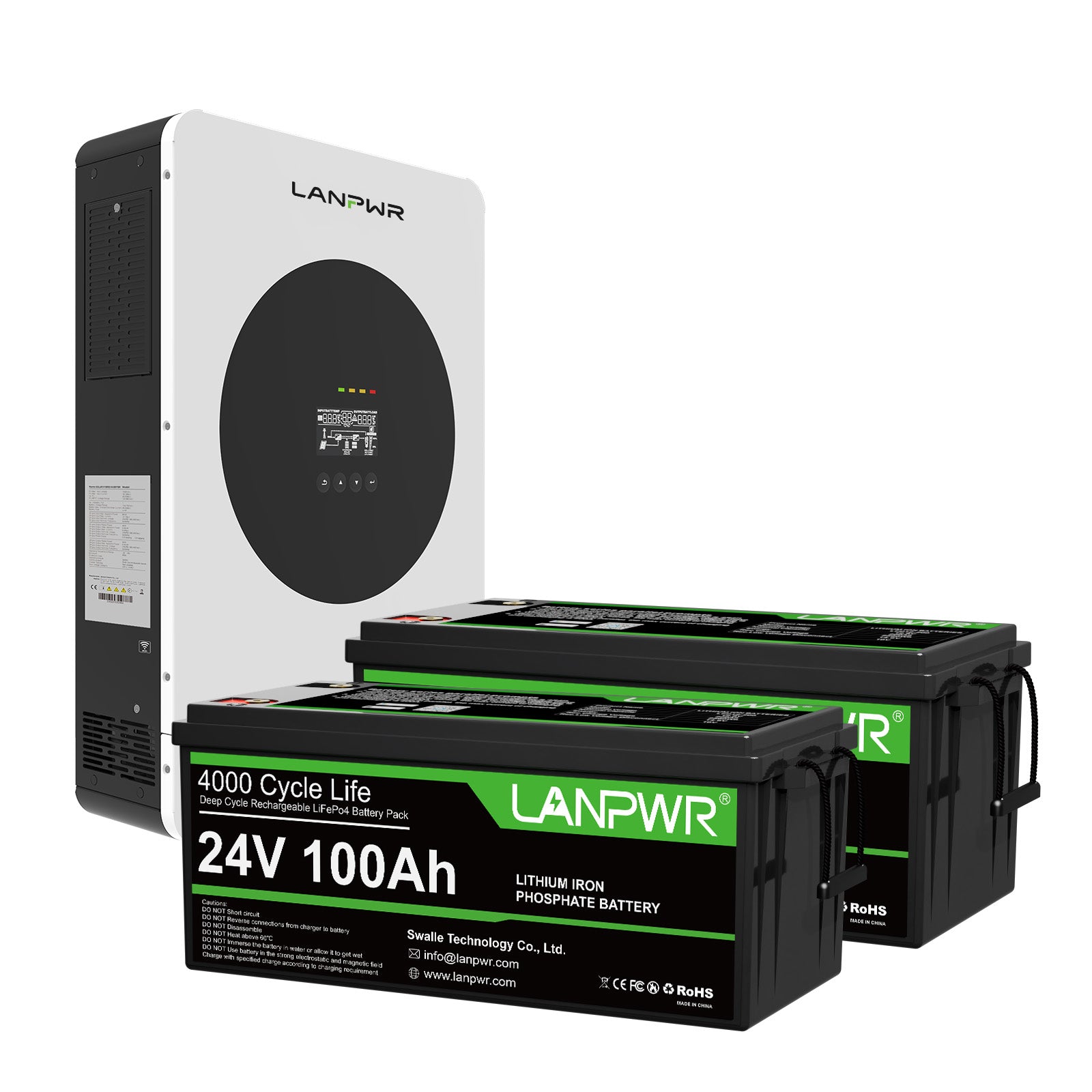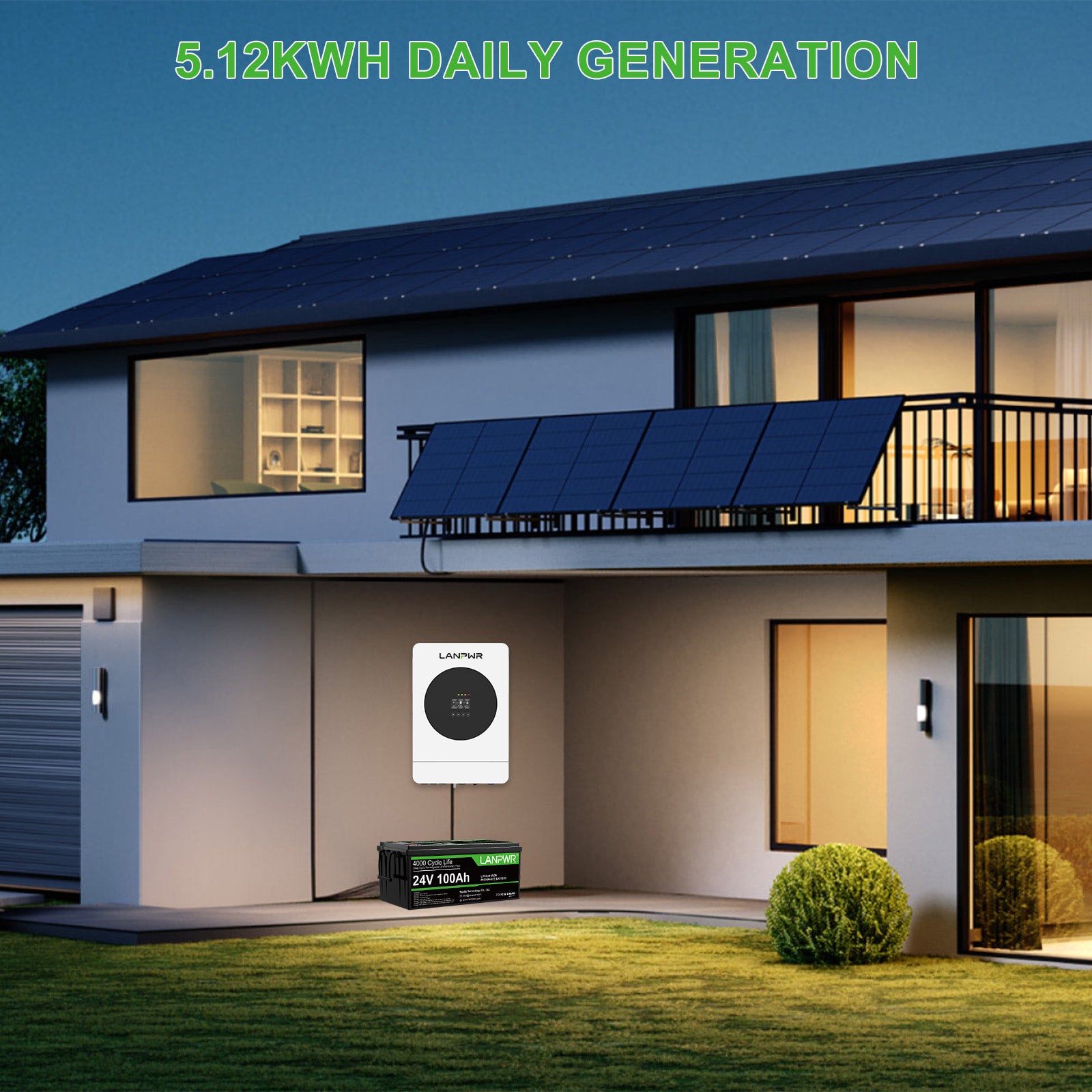LiFePO4, or Lithium Iron Phosphate, is well-known for its long life, safety, and thermal stability, which makes it widely used in a variety of applications from electric vehicles to grid-scale renewable energy storage systems. One issue that is often talked about concerning LiFePO4 batteries is their cycle life (around 3000 cycles on average), but some find this a lot to be disbursed. However, have these batteries actually "expired" after completing that number of cycles? This article discusses the details of how long LiFePO4 batteries last, what happens to them after 3000 cycles, and how to extend their lifespan.
What Causes A Life Cycle In Batteries?
What is a Battery Cycle?
Battery cycle: The process of completing from 0% charge to 100% charge and again back into 0% charging is called The Battery Cycle. In the case of the LiFePO4 batteries, that would mean charging the battery to its highest capacity and then depleting it down to a certain minimum level. Cycle life is one of the key factors in a battery's lifespan, basically the number of cycles that a battery can go through before it starts to drop in capacity.
Using LifePO4 batteries (Cycle Life)
For instance, LiFePO4 batteries are rated to last 3000 to 5000 cycles at 80% Depth of Discharge (DoD), this means the battery is discharged to 20% of its full capacity. These are standard laboratory ratings and indicate where the battery hits about 80% of its original capacity.
LiFePO4 Battery Does It Go Bad After 3000 Cycles?
Degradation vs. Going Bad: Natural decay is different than "going bad" so it is essential to keep both concepts distinct! LiFePO4 cells do not simply stop working after 3000 cycles. In contrast, they degrade much more slowly, reducing the amount of charge they can hold, but not how long they can hold that charge.
3000 cycles later, Then what?
Capacity Reduction: LiFePO4 battery can keep retaining 1/3-1/2 of its original capacity after 3000 cycles. For a 100Ah battery, it would still deliver about 80Ah after 3000 cycles for example.
Higher Impedance Reversed: from Within With wear and tear, the internal resistance of the battery rises, which results in lower efficiency and greater heat generation during charging and discharging.
Decreased Performance: You might experience a decline in performance i.e.: a decrease in battery timing, slow charging, and more interchanged with each other. However, the battery will continue to work although not as effectively as it should be.
Factors Affecting Cycle Life
Many factors affect the actual cycle life of LiFePO4 batteries, such as charging method, temperature, depth of discharge, and maintenance.
Charging Practices
Charging Rates: More quick charging will also cut cycle life. LiFePO4 batteries will live longer if they are always charged at the recommended rate (typically 0.5C -1C)
Voltage Limits: It is important to stay within the spec limits for voltage (you should be charging up to only (3.65V per cell), etc. Its life can be drastically shortened by overcharging or deep discharging.
Temperature
Operating Temperature: The cycle life of the battery will suffer in extreme temperatures, both hot and cold. The operating temperatures for them are between 0 and 45 degrees C
Thermal Management: Correct thermal management systems keep the battery at a more optimal operating temperature, which can prolong battery life.
Depth of Discharge (DoD)
Shallower Discharges: Discharging to, say, only 50% of capacity rather than 80%, can improve cycle life so much that you may be able to get 2 to 3 times as many cycles out of the battery.
Cycle Count Impact: The number of cycles can rise exponentially for every DoD lower. An example is for reducing DoD from 80% to 50%, cycle life can increase from 3000 to about 5000-7000 cycles.
Operation and Maintenance Habits
Regular Use: Fan the battery to be healthy by using it frequently. Also, batteries that sit for long periods go bad much faster than batteries being used regularly.
Maintenance Charging: Overall, maintaining a state of charge in the battery while stored - typically around 50% - plays an important role in preserving the battery's life.
Increasing the Efficacy of LiFePO4 Battery Life
If you wish to optimistically survive - say the 3000 cycles LiFePO4 batteries are best known for - you should:
- Optimal Charging: Make use of a properly built charger for LiFePO4 batteries having controlled voltage and current.
Use it sparingly, because fast charging is the hardest on the battery.
- Temperature Control: Use thermal management systems, which help keep the battery in its ideal temperature range.
Never allow the battery itself to overheat or to heat up too much in any case.
- Manage Depth of Discharge: Shoot for lighter discharges wherever possible. Use a 50-60% Depth of Discharge instead of Discharging To 80% regularly
- 4. Regular Maintenance: Conduct periodic maintenance, such as measuring voltage, and current and checking temperature when charging and discharging.
Regularly balance the cells for uniform performance between battery configurations.
- Proper Storage: If you are not going to use the battery for a long time keep it around 50% charge.
Store in a dry and cool place and seal to avoid oxidation.
- A Battery Management System (BMS) should be employed: Utilize a BMS to monitor and manage the health of your battery, balancing cells, managing overcharge, and deep discharge protection.
Applications and consequences in large-scale applications
Electric Vehicles (EVs): LiFePO4 batteries are paramount to their lifespan and reliability in EVs. While 3000 cycles may sound like plenty, that could be a few years' worth of everyday operation. The batteries will last the life of the vehicle they are in good hands with regards to charging and discharging.
Renewable Energy Storage: With their good cycle life, LiFePO4 batteries are ideal for storing solar or wind energy in a renewable energy application. When the ideal ambient conditions are maintained, and proper maintenance is done, these batteries can last many years, and in the long run, can be very cost-effective to store energy at scale.
Consumer Electronics: LiFePO4 batteries tend to last a long time, making them a wise choice in consumer electronics because battery life is part of the selling point. Depth of discharge can be kept lower and healthy charging practices such as balancing and managing charge levels.
Summary,
LiFePO4 batteries do not just suddenly "poop out" at 3000 cycles. Rather, they experience a slow withering away of that capacity and power. By understanding the things that can affect the life of a rechargeable battery and then following the best methods to charge it, keep it out of extreme temperatures when you can, and several other useful tips, you can ensure that you can get the most out of its life. These features have made LiFePO4 batteries a top pick for applications that require consistent, safe, and high-performance energy storage systems.
At the end of the day, the longer-lasting life of a LiFePO4 battery comes down to proper usage and care. Focusing on aspects like charging rates, temperature control, depth of discharge, and proper maintenance will help the common user reach well over the typical 3000-cycle lifespan of their batteries.














Leave a comment
This site is protected by hCaptcha and the hCaptcha Privacy Policy and Terms of Service apply.